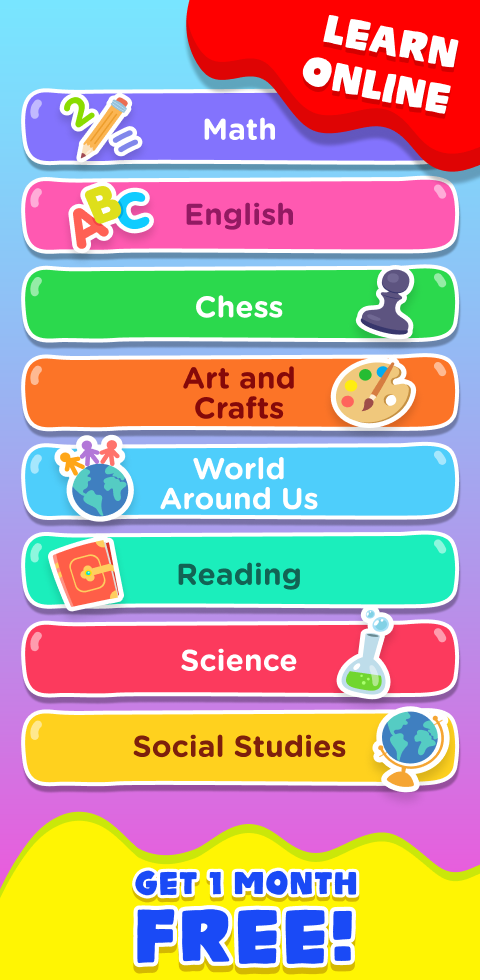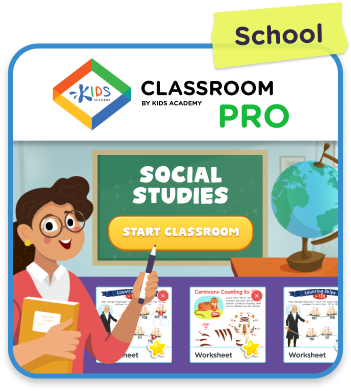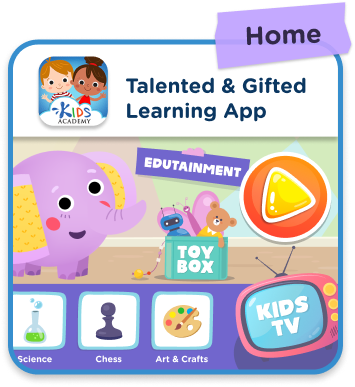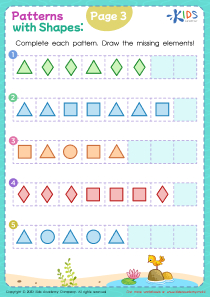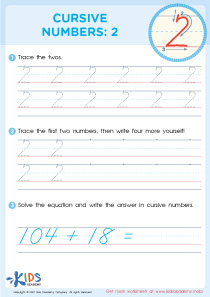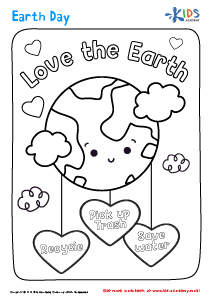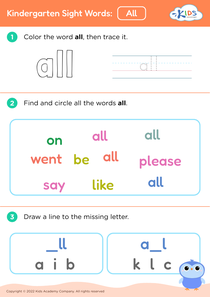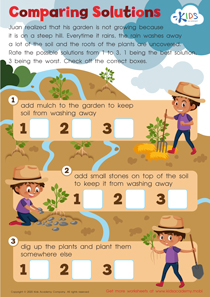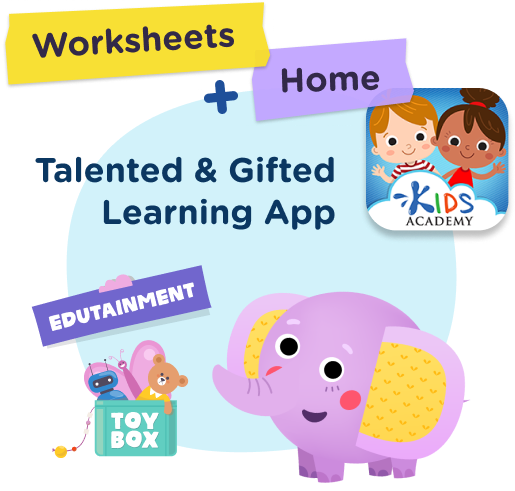Noun identification Worksheets for 4-Year-Olds
5 filtered results
-
From - To
Our Noun Identification Worksheets for 4-Year-Olds are designed to introduce and reinforce the concept of nouns in a fun, engaging way. Through colorful and interactive activities, children will learn to identify and categorize common nouns found in everyday life. Each worksheet is crafted to support early learning and vocabulary development, enabling kids to enhance their language skills while enjoying the learning journey. Perfect for preschoolers, these worksheets foster both confidence and curiosity in young learners, laying a strong foundation for future literacy success. Download our expertly designed worksheets to kickstart your child's language development today!
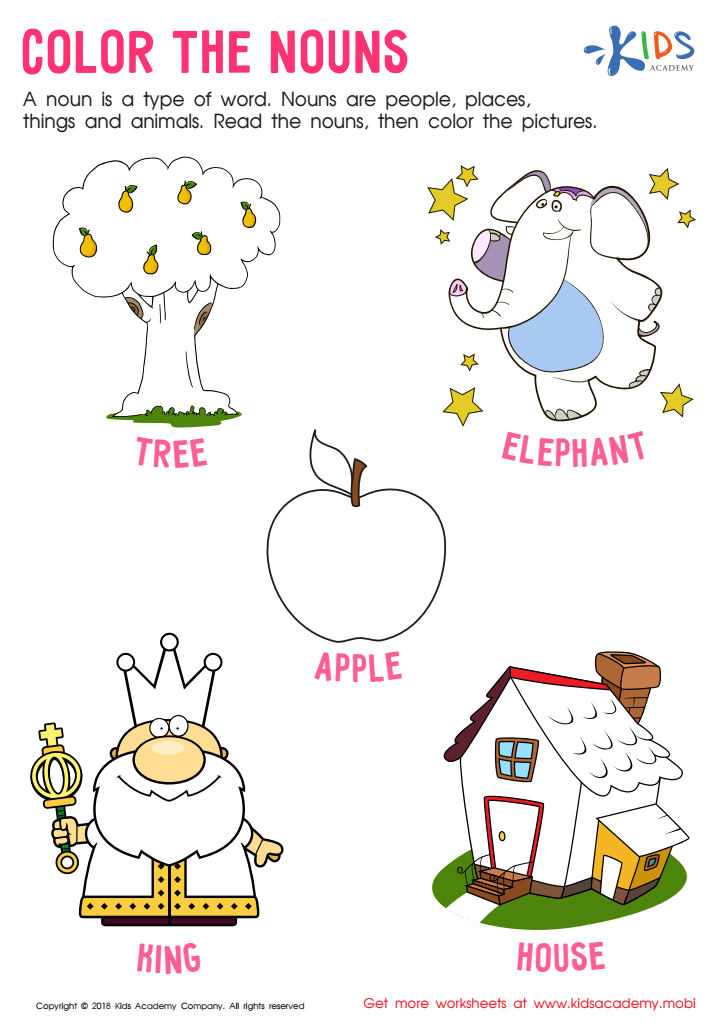

Color the Nouns Worksheet
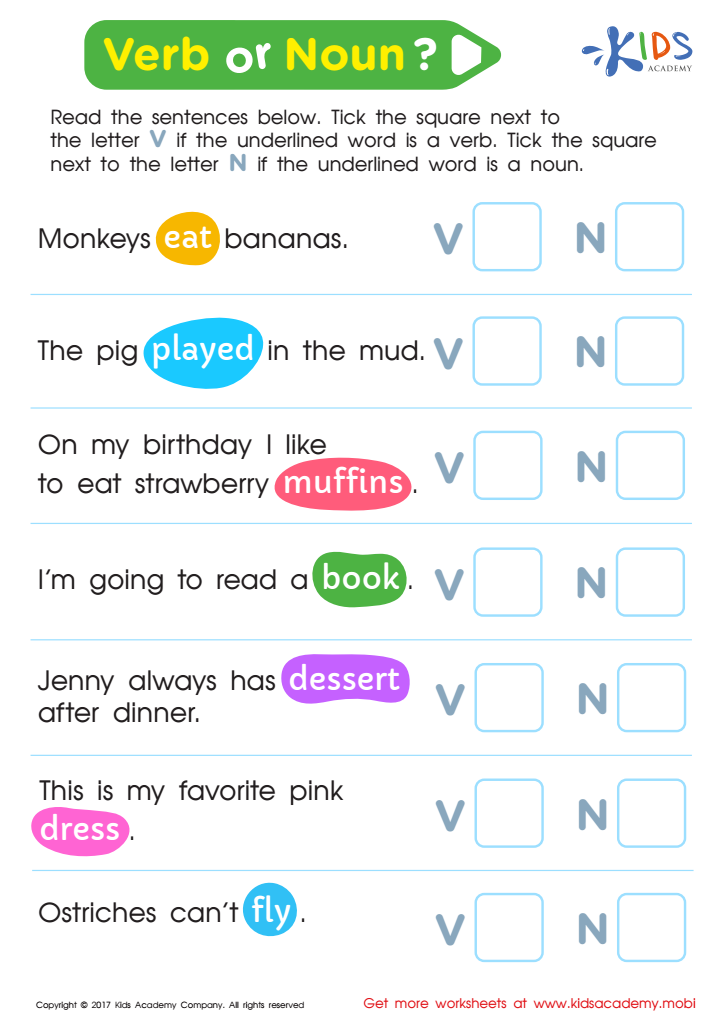

Verb or Noun Worksheet
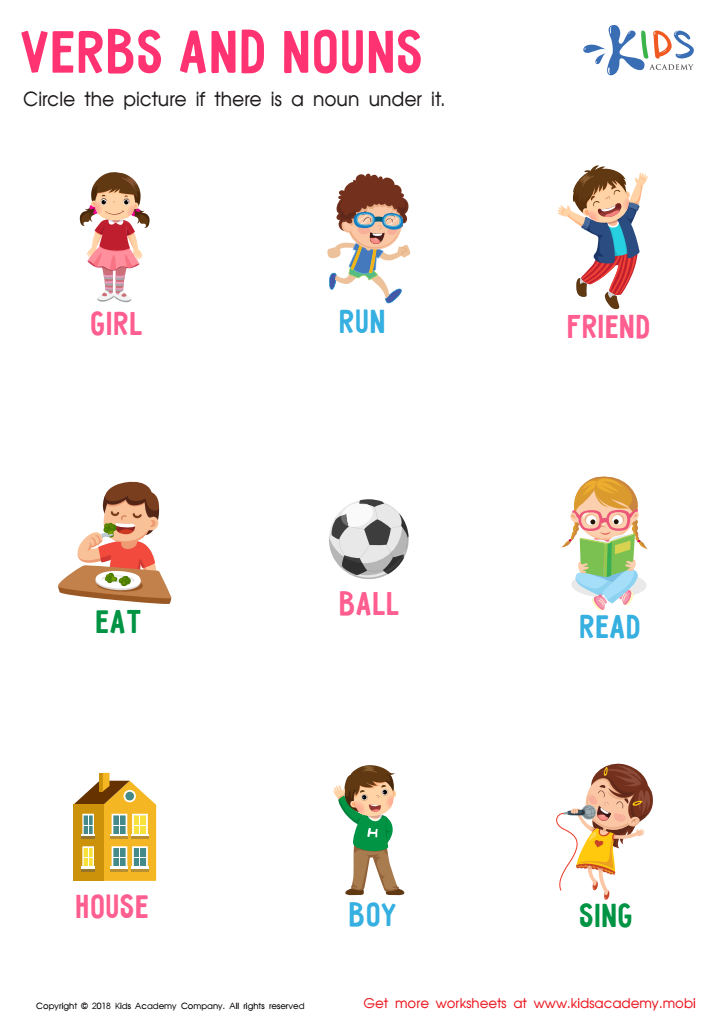

Verbs and Nouns Worksheet
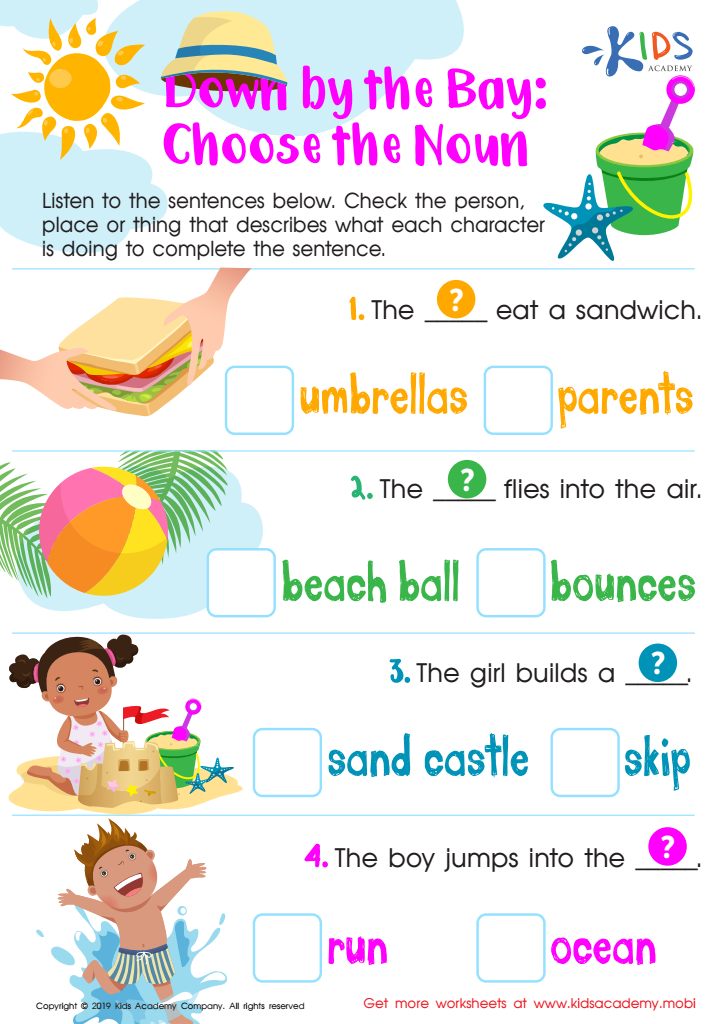

Down by the Bay: Choose the Noun Worksheet
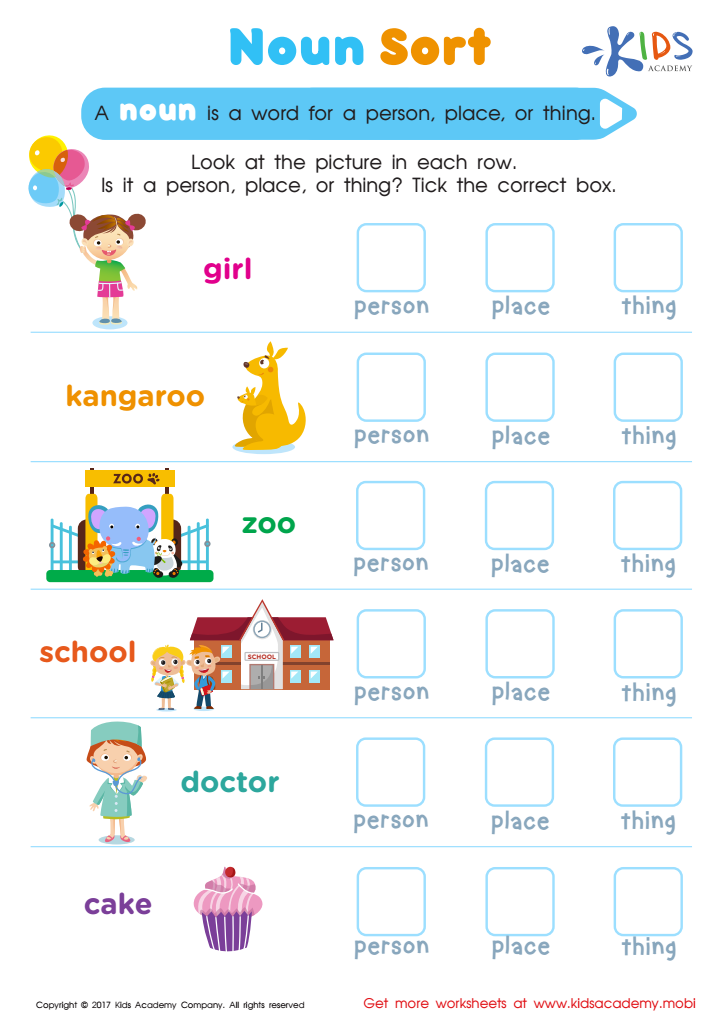

Noun Sort Printable
Teaching 4-year-olds to identify nouns is a foundational step in language development, which is essential for effective communication and cognitive growth. Nouns are the building blocks of sentences, representing people, places, things, and ideas. By identifying nouns, children start to understand how words can categorize their surroundings, enabling them to communicate their needs and experiences more clearly.
For parents and teachers, focusing on noun identification helps enhance a child’s vocabulary, critical for reading readiness and later academic success. When children can categorize things around them, they can develop higher-order thinking skills like comparison, classification, and logical reasoning. Additionally, early language skills are tied to social-emotional development. A child who can express themselves clearly is better equipped to interact with peers and adults, establishing healthy relationships.
Stress on nouns also supports bilingual children in grasping vocabulary in multiple languages, making transitions smoother across different linguistic contexts. Teachers can introduce noun identification through playful activities such as naming objects, picture books, or interactive games, making learning engaging and effective. Overall, emphasizing noun recognition lays the groundwork for future grammar lessons and instills confidence in young learners, setting the stage for long-term academic achievement.

 Assign to My Students
Assign to My Students


